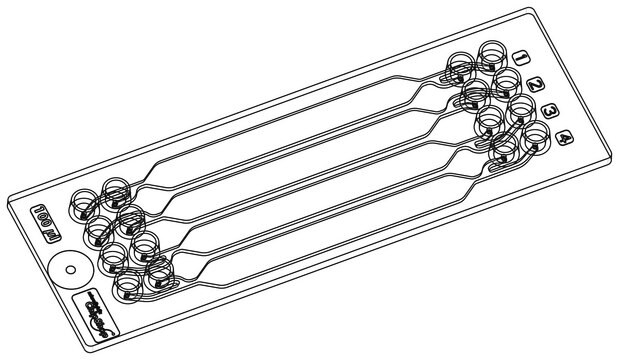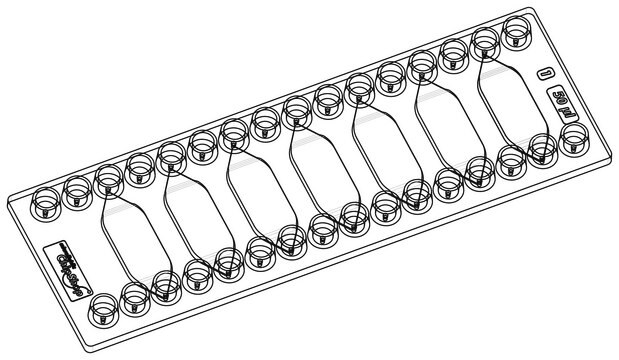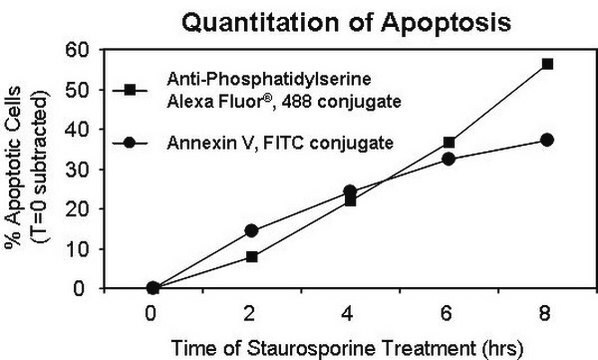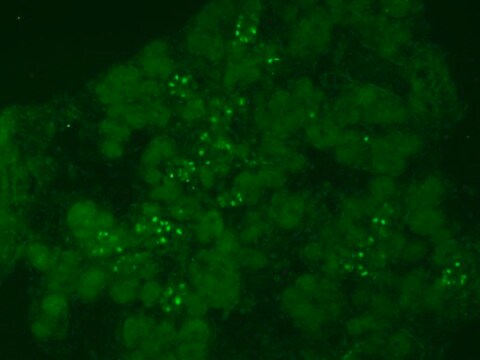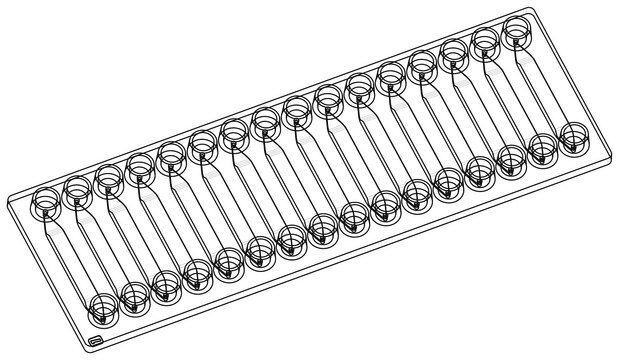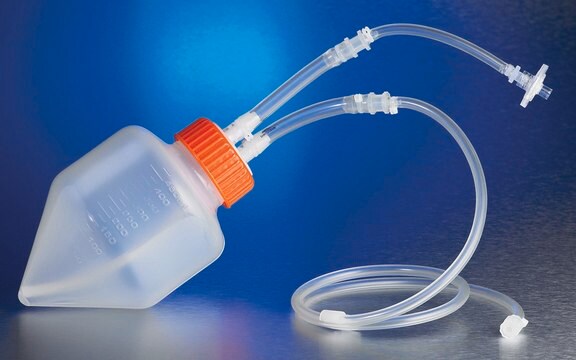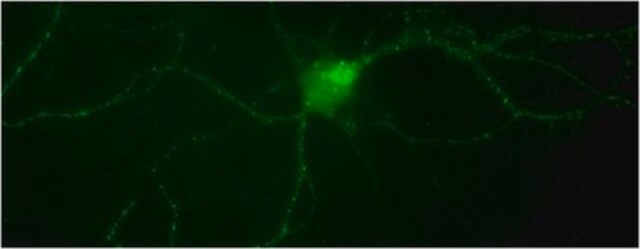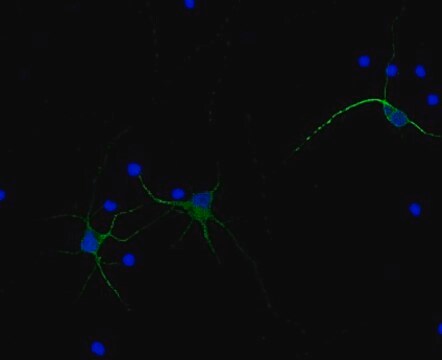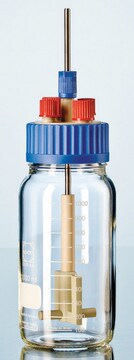AB5372
Anti-Trk B Antibody, pain, a.a. 54-67 rTrkB
serum, Chemicon®
Synonym(s):
BDNF/NT-3 Growth Factors Receptor, Tyrosine Kinase Receptor B
About This Item
Recommended Products
biological source
rabbit
Quality Level
antibody form
serum
antibody product type
primary antibodies
clone
polyclonal
species reactivity
rat, human
manufacturer/tradename
Chemicon®
technique(s)
immunohistochemistry: suitable
western blot: suitable
NCBI accession no.
UniProt accession no.
shipped in
dry ice
target post-translational modification
unmodified
Gene Information
human ... NTRK2(4915)
Specificity
Immunogen
Application
Immunoblotting: 1:1,000-1:1,500 on rat membrane preparations. The antibody should be
evaluated for use in Western blot by the end user. Its utility will be dependant on the level of
the protein expressed in the tissues or cells being tested.
Optimal working dilutions must be determined by end user.
Neuroscience
Neurochemistry & Neurotrophins
Physical form
Storage and Stability
Legal Information
Disclaimer
Not finding the right product?
Try our Product Selector Tool.
recommended
Storage Class Code
11 - Combustible Solids
WGK
WGK 1
Flash Point(F)
Not applicable
Flash Point(C)
Not applicable
Certificates of Analysis (COA)
Search for Certificates of Analysis (COA) by entering the products Lot/Batch Number. Lot and Batch Numbers can be found on a product’s label following the words ‘Lot’ or ‘Batch’.
Already Own This Product?
Find documentation for the products that you have recently purchased in the Document Library.
Our team of scientists has experience in all areas of research including Life Science, Material Science, Chemical Synthesis, Chromatography, Analytical and many others.
Contact Technical Service